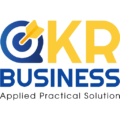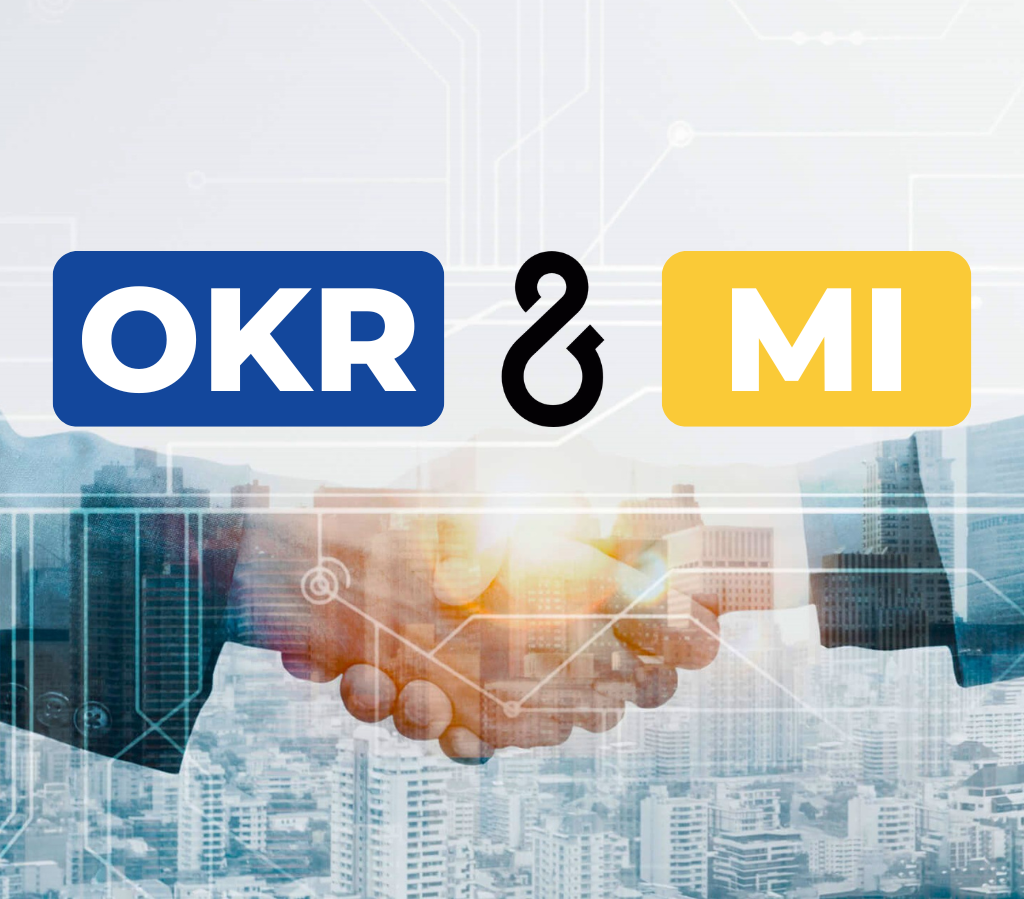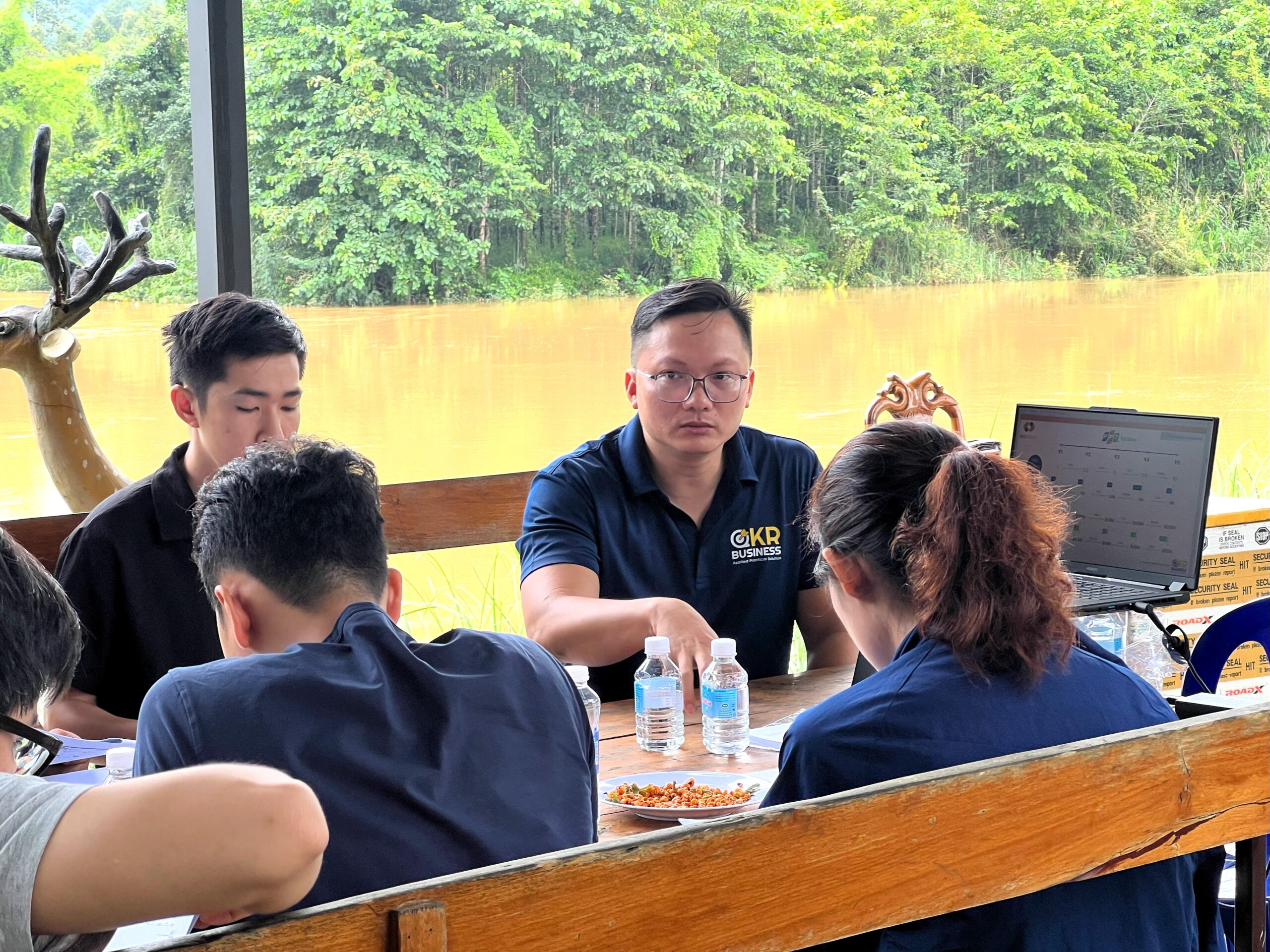Continuing the interesting story in part 1 when entrepreneurs and managers are aspiring to implement Agile model transformation but they are facing many questions and difficulties in reality.
Second OKR – “Teamwork”
And when tracking the development of the team’s capabilities while applying the new Agile ways of working is the golden key for leaders and management teams:
- How do teams learn from each other and improve performance?
- How do they cooperate even better?
- How transparent is the work between members and between stakeholders?
- How do they actively monitor each other’s accountability?
Establishing these capabilities can come into play a lot faster by practising the Agile model. And keep in mind that a team can still do things with agility, but not learn or improve performance, increase collaboration, achieve transparency, exchange information, or keep each other. Therefore, focusing only on making the surface of the Agile model without understanding, good governance of the depth below may not bring you the results the business wants. want. The key here is to incorporate both speed and other important values that develop together in the long run.
Based on the research results from the companies in Europe mentioned above, most companies will be stuck in this problem after a while applying only the basic principles of the Agile model. And after a period of 10-12 months, the leadership and management team of these businesses all said that the speed of resolution really improved but growth remained stagnant.
The real solution is that businesses need to add “Path” and “Destination” to the original expected “Agility and Flexibility” characteristic. A very important part is that the entire team needs to share and always remind each other about the Vision of the business. This is essential and needs to be integrated into the entire Agile model. It is not an easy task to help all members, all departments keep that in mind, especially when it is a novel behaviour that they may not have paid much attention to before. However, to help everyone succeed and the business grows in the right direction, it is completely worth it.
Objective (example): Teams need to be ready and always improve agility by understanding the milestones the company needs to achieve over time
Key Results (example):
- Self-organize and increase proactive interaction within the team that owns the assigned work (Group Ownership)
- Goals are clearly defined and set appropriate expectations from the start, allowing for autonomy and understanding how the team’s work aligns with the larger goal (Team Purpose)
- Continuous self-improvement teams to deliver value more efficiently (Value Delivery)
- Learning from test loops with frequent testing and adaptation (Culture of Learning)
- Teamwork is shown (Transparency)
- Stakeholder input and feedback is done on a regular basis (Accessibility)
- Team members seek to help each other to achieve high value (Quality)
- All team members are regularly updated and trained accordingly, especially new members (Synchronization)

Third OKR – “IT and Business Partnership”
One of the other values in the Agile paradigm shift is seeing the Sales/Business Development and/or Marketing team and the Technology (Developer and/or System engineer) team really work together with each other better. Believe that many businesses will share this feeling and when this problem is solved, the value brought is very important for the whole organization.
And, at the heart of the matter in this case, is helping each team see value beyond the business when their work is done. As when a group with an internal bias in Technology (Tech) learned how their work contributed to improving customer performance from the Sales department, they were really strongly motivated. And Sales members will also know that they not only help the company get customers, but they also help that customer solve their own problems with the company’s products and services (provided by the Technology team). ). This value multiplies and builds momentum for higher team performance, which improves continuously over time. Especially when they know they are the ones contributing to that good outcome.
More than ever, customer experience matters The most difficult topics to inspire teams to departments are local. For the ability to continuously solve problems during the development of the Agile model, cross-functional partnerships and building trust between teams within the organization is more important than ever. The leadership and management team, from this point, have to embrace and support it as a specific goal that makes good sense for the business.
Objective (example): Improve partnership, alignment and sustainable trust between IT and Business departments
Key Results (example):
- Sales members of all levels are trained to understand agile innovation in technology
- Response time for customers and stakeholders is as short as possible
- Ensure both Business and Technology teams understand each other’s goals and work results
- Assign shared responsibility for development and customer satisfaction to both teams
- Significantly improved internal partnership score
- Contract closing rate of new customers increased by 2
The above key results can be supplemented with higher quantification depending on your actual needs. Each team member has important roles and responsibilities to ensure that this partnership is strengthened and developed over the long term. These will often require the efforts of both members, the team, and even leadership involvement in helping to continuously communicate, introduce, and encourage people to do so.
- Suggest a few effective tactics in this case that you can consider applying:
- Organize internal seminars, invite people in both Business and IT who have undergone Agile transformation training together so that they can share the same problem, context, and how to handle it
- Celebrate each time you sign more customers for 2 groups to join
- Appropriate soft skills training for each group (like how to discuss professional topics, hold each other accountable, etc.)
- Build a culture of learning by working to improve and complement each other’s strengths (rather than just trying to solve the group’s own problems)
- Encourage standups together to increase interactivity
- Use useful tools such as Value stream mapping, building customer portraits (Personas), Customer journey, etc. to help team members understand and give ideas to improve closing rate.
Once the coordination between the business and IT departments is effective, the business is fully confident to continue to replicate the improvement of any other individual or team in the organization in the same way.
Conclusion
The success of your business’ Agile transformation journey can be greatly aided by using the three example OKRs summarized and outlined in the series:
- Leaders must be willing and dedicated to improving the ability to lead an organization with the Agile model.
- Teams need to be ready and always improve agility by understanding the company’s milestones that need to be achieved over time
- Improve partnerships, links and sustainable trust between IT and Business departments
Think back carefully, balance the other factors in your own business, and from there tailor the Key Results that are most appropriate. Because of the same goal, there are always many different paths to help us reach the goal as long as that path is suitable for our ability.
OKR.Business wishes you great success on the road to Agile model transformation.




